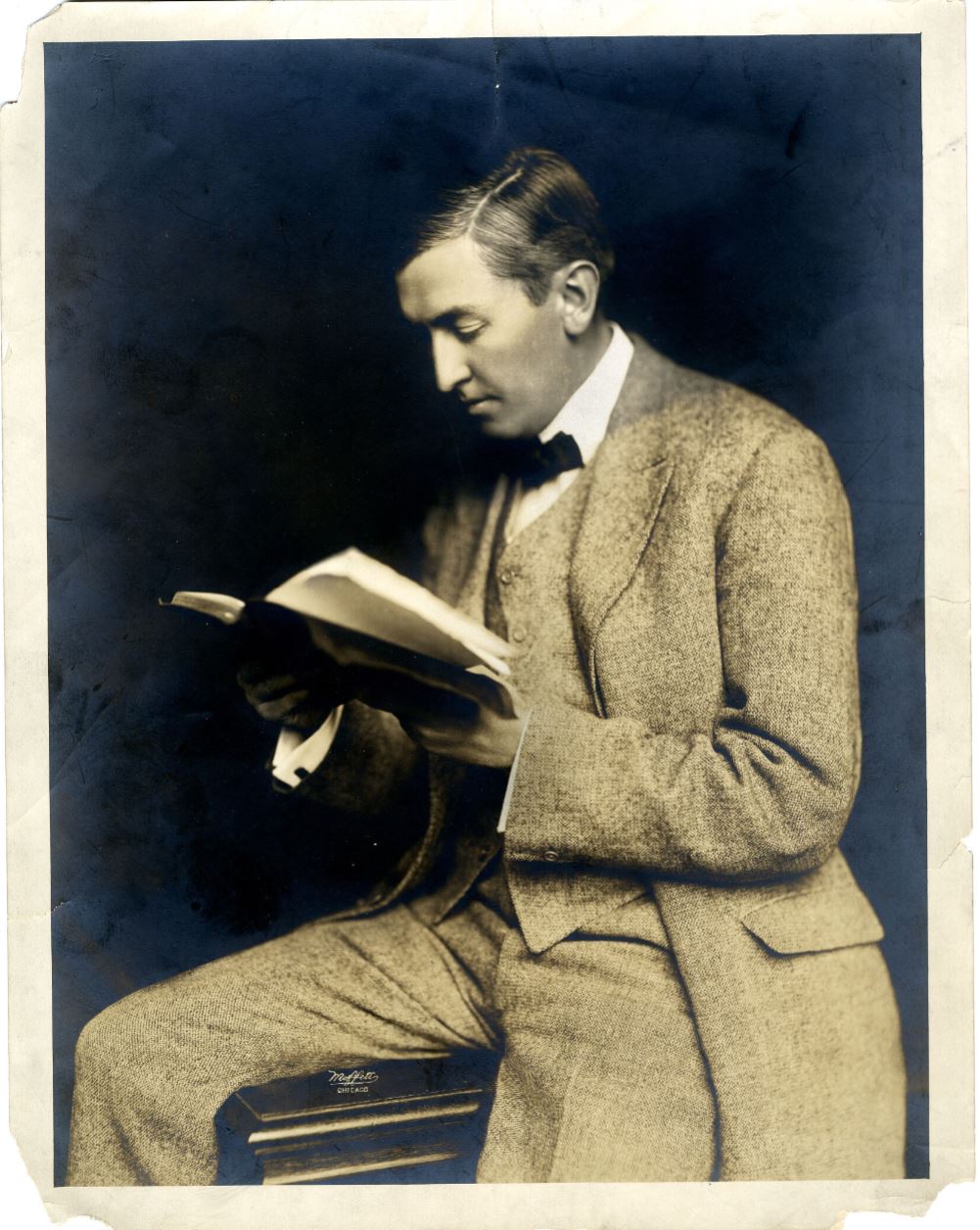
Kentland, Indiana native George Ade is best known as an author who came to prominence during the Indiana Golden Age of Literature. He was a columnist for the Chicago Tribune, authored over twenty books, and even penned several successful Broadway productions. But in Newton County, he was known as “just plain George Ade, everybody’s friend.” In the early 20th century, Ade returned to Newton County and built what would become a cultural mecca – a source of support in hard times and a place of celebration in the good.
Even in an age of notable Hoosier authors, humorist George Ade stood out. Compared to contemporaries like Lew Wallace, Meredith Nicholson, and Booth Tarkington, he employed more of an “every man’s” style, peppering his work with vernacular and popular references. This made his work relatable to the masses in the early 20th century, but a bit difficult to decipher today, as seen in the excerpt below.
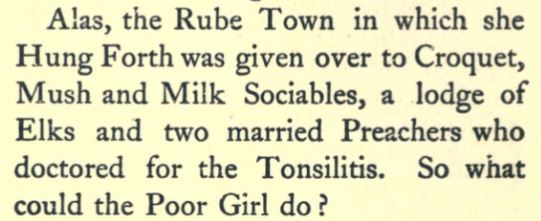
Ade began writing his “Stories from the Streets and Town” column for the Chicago Record in 1893, inspired by the daily goings-on he witnessed as a reporter on the streets of Chicago. By 1896, the column became popular enough to warrant a selection to be published as the book Artie. Subsequent collections Pink Marks (1897) and Doc’ Horne (1899) soon followed and further boosted the column’s popularity. It was Ade’s “Fables in Slang” that rocketed him to national fame, though.
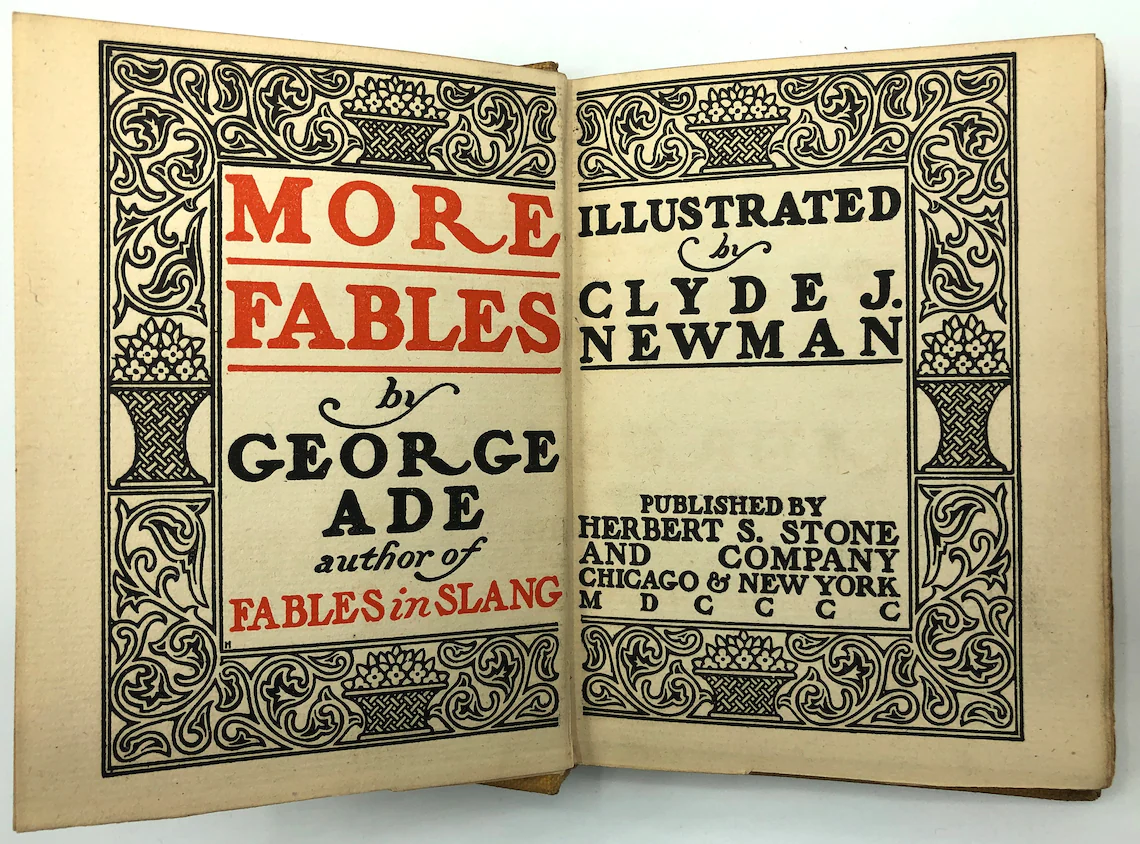
Ade’s first fable, “The Fable of Sister Mae, Who Did As Well As Could Be Expected,” was published in the Record on September 17, 1897. “A Fable in Slang” came a year later and was the true beginning of the column, rocketing him to national fame. These humorous stories, each of which concluded with a satirical moral, such as “in uplifting, get underneath,” earned him the moniker the “Aesop of Indiana.” When the collected Fables in Slang was published in 1899, it became his most successful work up to that point.
With the dawn of the new century, Ade made a career move from columnist to playwright with the opening of The Sultan of Sulu. This first Broadway success was followed by others in quick succession. The County Chairman (1903), The Sho-Gun (1904), and The College Widow (1904) all garnered critical acclaim and helped to establish the musical comedy genre.
Not yet 40 years old, Ade had earned a fortune and retired from the hustle and bustle of life in Chicago to a sprawling fourteen room Tudor-style mansion near Brook, which he dubbed “Hazelden.” Here, he continued to write while he hosted political rallies, such as the 1908 Taft Rally, entertained local and national celebrities, and treated the residents of Newton and surrounding counties to lavish parties. The Muncie Star Press noted that Ade “wasn’t a swimmer and he didn’t dance, but on his farm place . . . he built a dance pavilion and a swimming pool.” Along with the dance pavilion and swimming pool, Hazelden featured a pool house, greenhouses, barns, and, by 1910, a golf course and country club.
Just two months after the U.S. entry into World War I, Ade wrote a plea to his community:
It seems that every part of the country, including Newton County, will have to take an important part in the great war now raging. . . Some can give more than others, but every man that can give something and fails to do so, will have to carry in his soul a reasonable doubt as to his good citizenship. Give to the Red Cross this week.
And what George Ade had to give, other than money, was Hazelden. The estate assisted the war effort in small ways, serving as the meeting place for the Newton County Red Cross Executive Committee, and hosting knitting bees, which made socks for soldiers. But in July 1918, Ade pulled out all the stops for Red Cross Day. A dozen airships, carrying military personnel from the Chanute Air Force Base near Rantoul Illinois, were early on the scene for the festivities. Thousands came from as far away as Indianapolis, South Bend, and Chicago to enjoy the grounds on a day with what newspapers of the day called “George Ade Weather.” Fundraisers included a golf tournament, where fans could bid for the chance to caddy for their favorite player and golf balls were auctioned off afterwards. Proceeds from the day totaled over $5,000 (nearly $100,000 today).
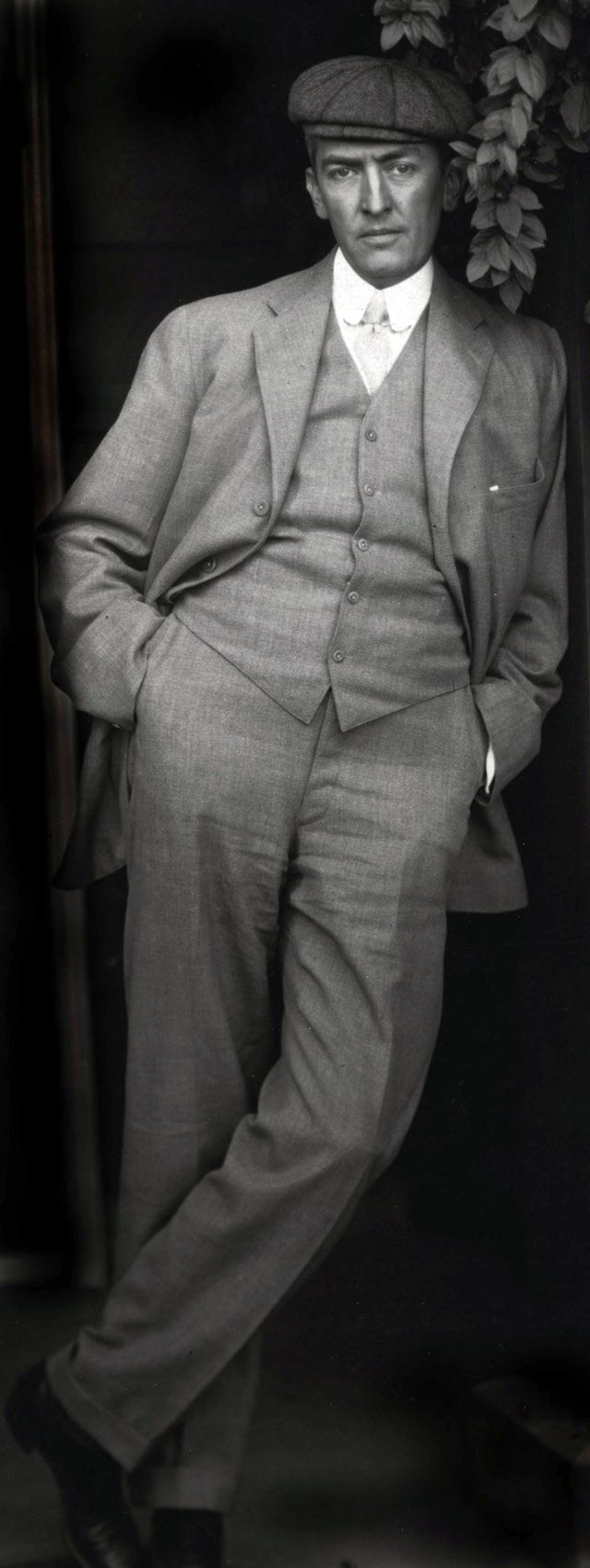
Described in the Chicago Tribune as a “two fisted drinker,” and “one of the most gregarious men who ever lived,” Ade wasn’t afraid of a good time, and after the war years, he turned his attention to just that. On July 4, 1919, an estimated 15,000 revelers flocked to Brook, effectively doubling the population of Newton County for a day. Attendees brought picnic lunches, were treated to music by Bensons Orchestra, brought in from Chicago, and played a few games of “Cage Ball,” a mix of American football and soccer that became popular during the war. The evening was topped off with a fireworks display.
Perhaps the most beloved event on the Hazelden calendar was the annual Children’s Picnic, which featured activities such as baseball games, tug-of-war, dancing, and daylight fireworks. For one day each summer, all children under twelve years old from Newton and surrounding Counties were invited to take in the sprawling grounds. If a child’s family could not afford clothes and transportation to the event, Ade would furnish a new outfit and send a car to get them. The Lafayette Journal and Courier described the 1926 event:
There were clowns, imported for the occasion, magicians, organ grinders and monkeys, fancy divers and swimmers, vaudeville artists and Punch and Judy shows. Each of the 600 children present received a fancy paper cap to wear, and all feasted on ice cream and lemonade.
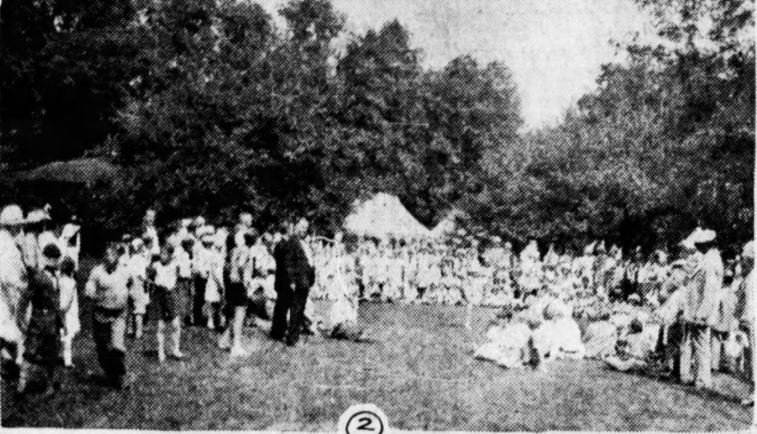
For forty years, from when the home was finished in 1904 until Ade’s death in 1944, the humorist presided over scenes such as that described above time and time again. Local obituaries nearly without exception included reminiscences about the community gatherings hosted amongst the lavish gardens on the manicured grounds of Hazelden. But after Ade died following a heart attack, the estate sat empty for nearly two decades until it was acquired by the George Ade Memorial Association. It was subsequently renovated and added to the National Register of Historic Places in 1976.
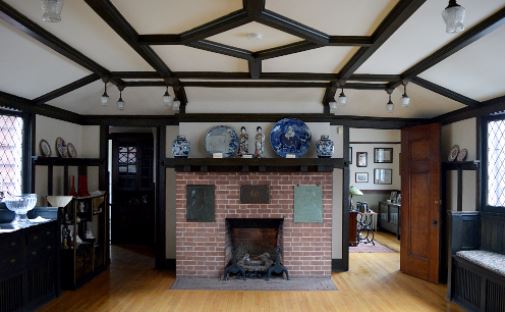
Today, Hazelden continues to serve as a gathering place for Newton County residents. The George Ade Historic Preservation Commission oversees operations of the estate, which is available to be rented out and often hosts graduation parties, birthday celebrations, and even weddings. The Commission is in the planning stages of a renovation of the mansion, carriage house, and grounds so it can better meet the needs of the community. If you are interested in learning more about this project or would like to rent out the home, contact Commission Chairperson Krissy Wright.
Note: This post was written using the marker notes for the Indiana state historical marker for George Ade, which can be found here.
